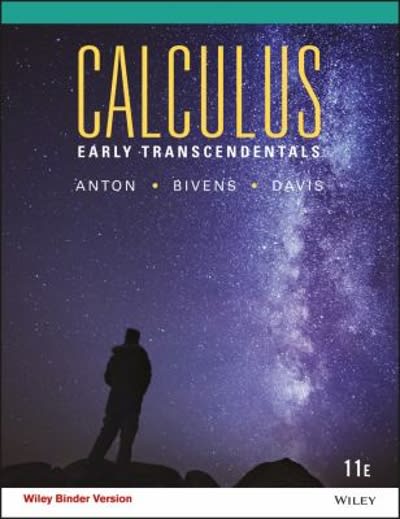Question
John Daum and Chris Yin are star swimmers at a local college. They are preparing to compete at the NCAA Division II national championship meet,
John Daum and Chris Yin are star swimmers at a local college. They are preparing to compete at the NCAA Division II national championship meet, where they both have a good shot at earning a medal in the men's 100-meter freestyle event. The coach feels that Chris is not as consistent as John, even though they clock about the same average time. In order to determine if the coach's concern is valid, you clock their time in the last 8 runs and compute a standard deviation of 0.90 seconds for John and 1.09 seconds for Chris. It is fair to assume that clock time is normally distributed for both John and Chris. Let the clock time by John and Chris represent population 1 and population 2, respectively. (You may find it useful to reference the appropriate table: chi-square table or F table)
a. Select the hypotheses to test if the variance of time for John is smaller than that of Chris.
multiple choice 1
- H0: 22 / 12 = 1, HA: 22 / 12 1.
- H0: 22 / 12 1, HA: 22 / 12 > 1.
- H0: 22 / 12 1, HA: 22 / 12 < 1.
b-1. Calculate the value of the test statistic. (Round intermediate calculations to at least 4 decimal places and final answer to 3 decimal places.)
Step by Step Solution
There are 3 Steps involved in it
Step: 1

Get Instant Access to Expert-Tailored Solutions
See step-by-step solutions with expert insights and AI powered tools for academic success
Step: 2

Step: 3

Ace Your Homework with AI
Get the answers you need in no time with our AI-driven, step-by-step assistance
Get Started


